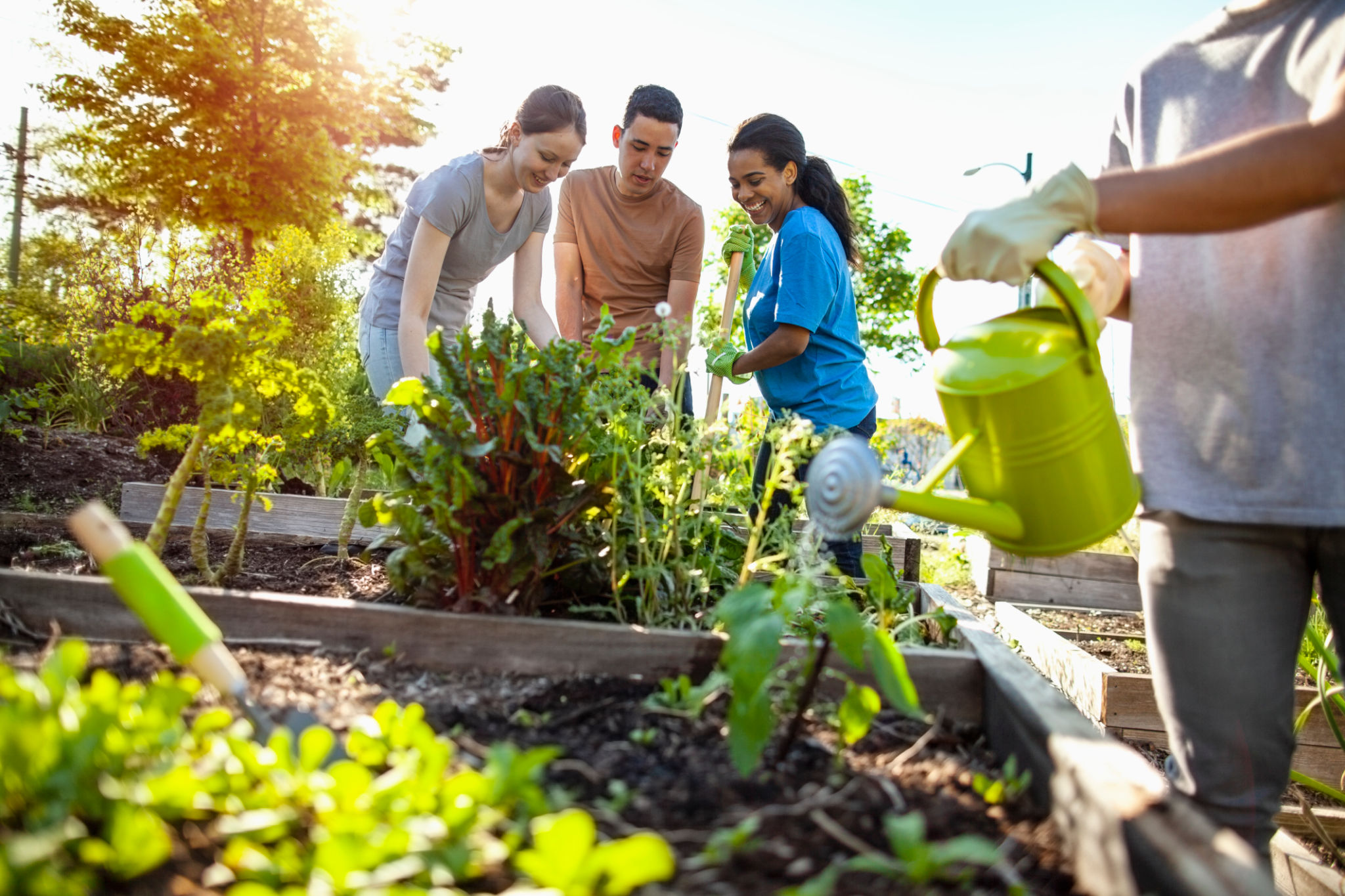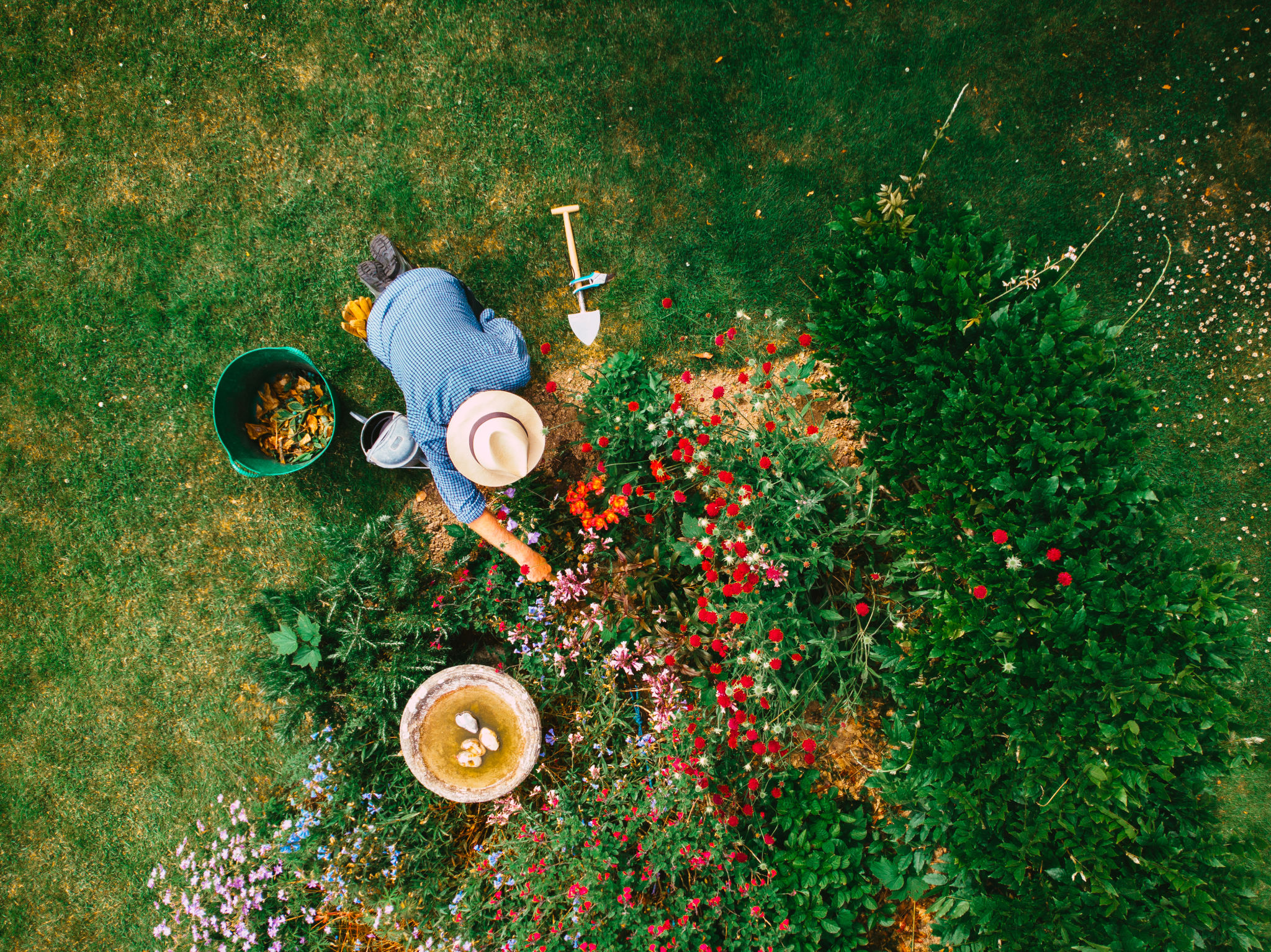Comparing Raised Bed vs. Traditional Gardening in Urban NY
Urban Gardening: A Growing Trend
In the bustling cityscape of New York, space is a luxury. Yet, the desire to cultivate one's own produce remains strong. Urban gardening has gained popularity as city dwellers look for ways to bring greenery into their concrete environments. Two popular methods are raised bed gardening and traditional in-ground gardening. Both have their merits, but which is better suited for urban New Yorkers?

Raised Bed Gardening: Elevated Potential
Raised bed gardening involves growing plants in soil that is elevated from the ground, often contained within a wooden, stone, or metal frame. This method is especially beneficial in urban settings where soil quality can be poor or contaminated. Raised beds offer greater control over soil composition, drainage, and pest management.
Advantages of Raised Beds
- Better Soil Quality: By filling raised beds with a custom soil mix, gardeners can ensure healthier plants.
- Improved Drainage: Raised beds typically have better drainage than traditional gardens, reducing the risk of waterlogging.
- Ease of Access: Their height makes them accessible, reducing the need for bending or kneeling.

Challenges of Raised Beds
Despite their advantages, raised beds can be more expensive to set up initially. The cost of materials for the frame and quality soil can add up. Additionally, they may require more frequent watering, especially during hot summer months, as they tend to dry out faster than in-ground gardens.
Traditional Gardening: The Classic Approach
In contrast, traditional gardening means planting directly into the ground. This method requires less initial investment but can be more challenging in urban areas due to poor soil conditions and limited space. However, it does have its own set of benefits.
Benefits of Traditional Gardening
- Cost-Effective: With no need for materials to build beds, traditional gardening can be more affordable.
- Larger Growing Area: Without the confines of a frame, gardeners can plant larger plots if space allows.
- Natural Ecosystem: In-ground gardens can support a wider range of beneficial organisms that contribute to plant health.

Considerations for Traditional Gardening
The primary challenge of traditional gardening in urban environments is soil quality. Urban soil can be compacted, contaminated, or nutrient-poor, requiring significant amendment before planting. Additionally, space constraints can limit the scale of traditional gardens.
Which Method is Right for You?
The choice between raised bed and traditional gardening in urban New York largely depends on individual circumstances. For those with limited space but a desire for controlled growth conditions, raised beds may be ideal. On the other hand, if budget constraints are a concern and larger plots are available, traditional gardening might be the way to go.
Ultimately, both methods offer city dwellers a chance to embrace nature and enjoy the fruits (and vegetables) of their labor right in their own backyard.
